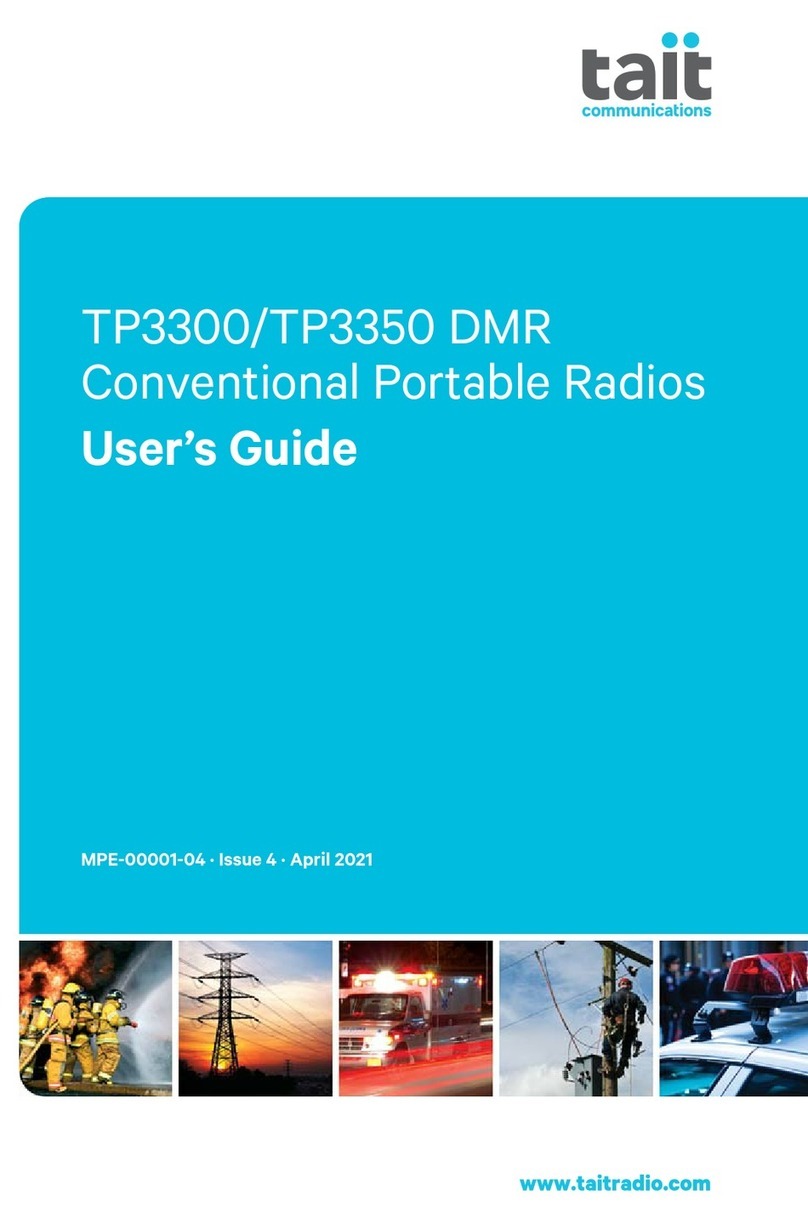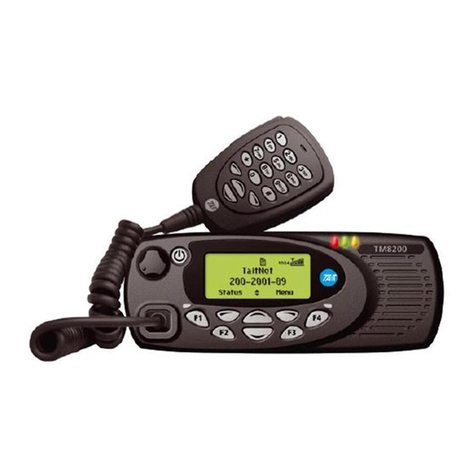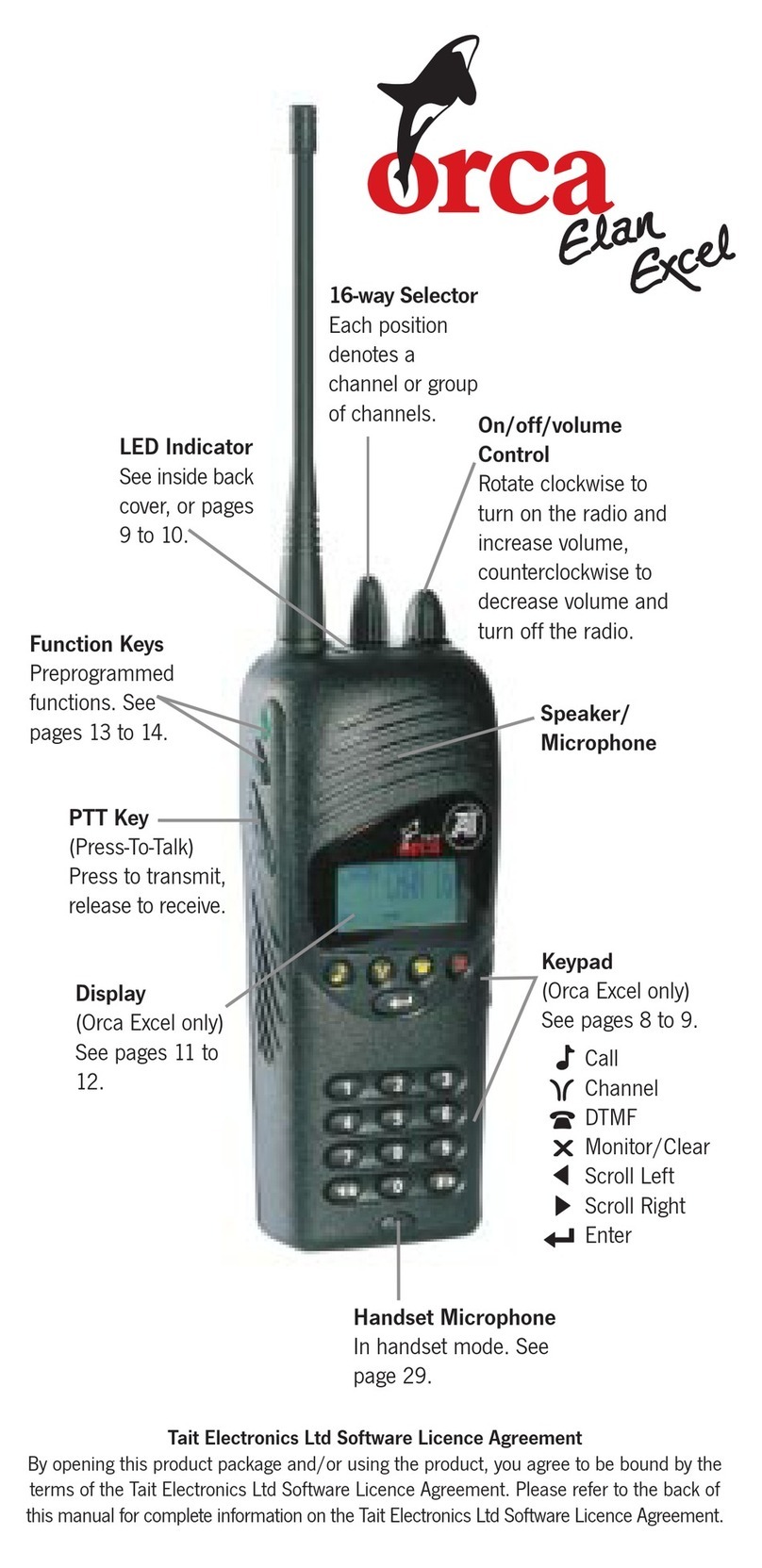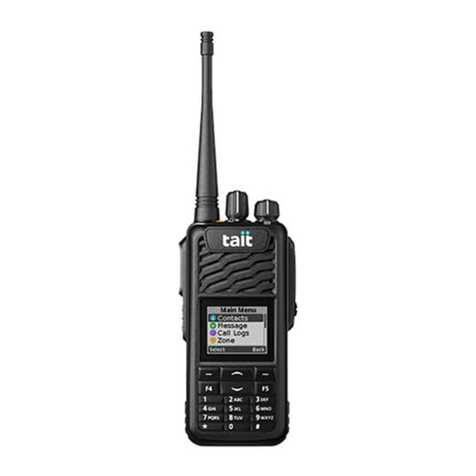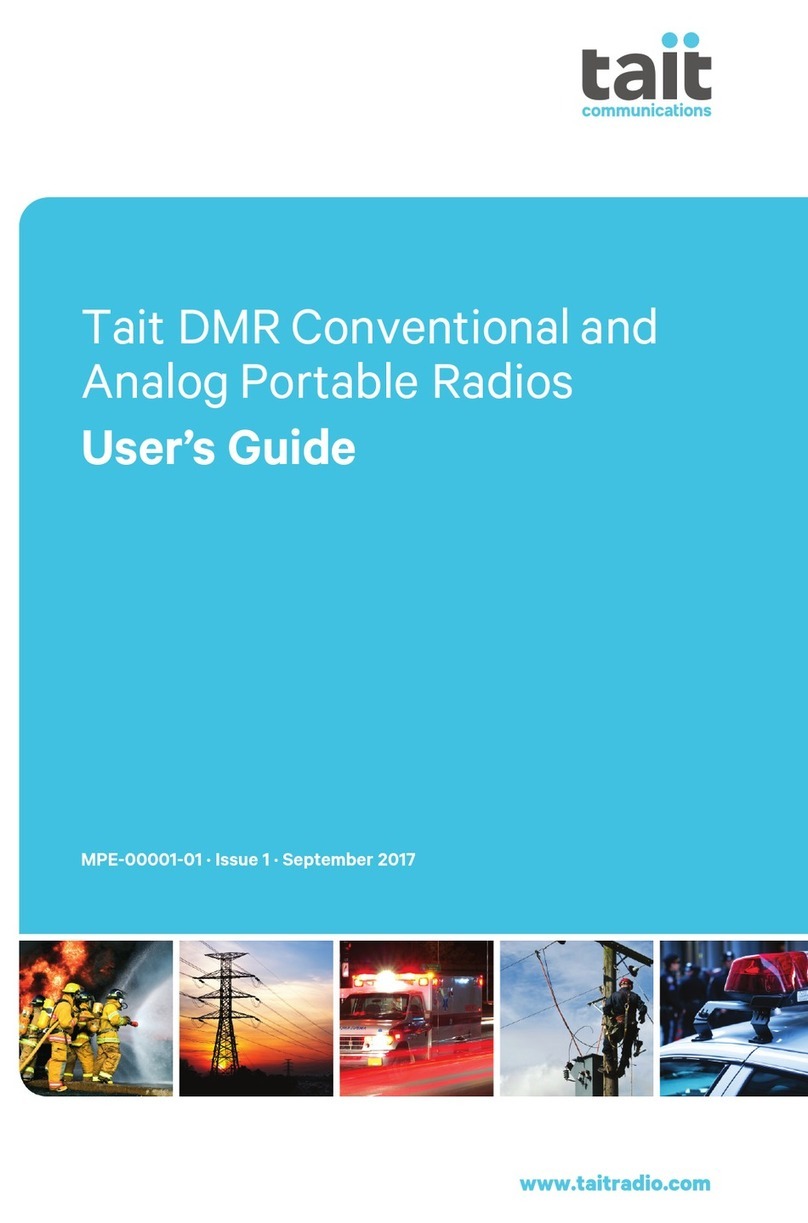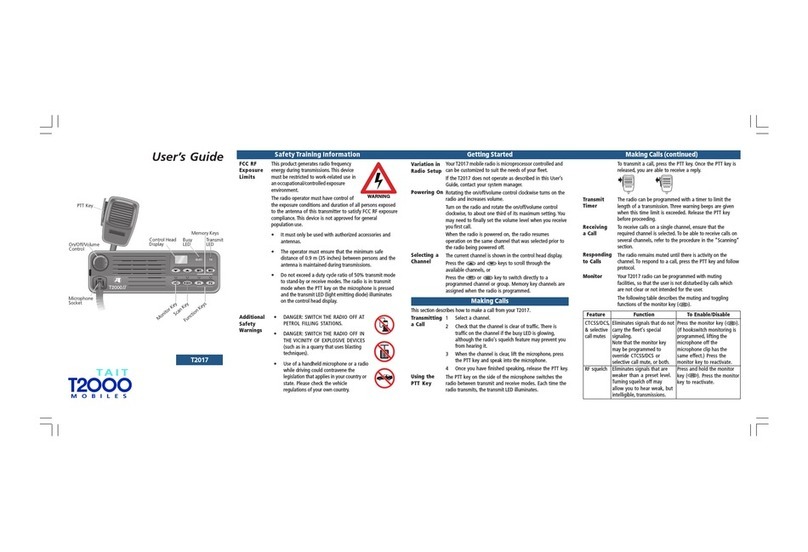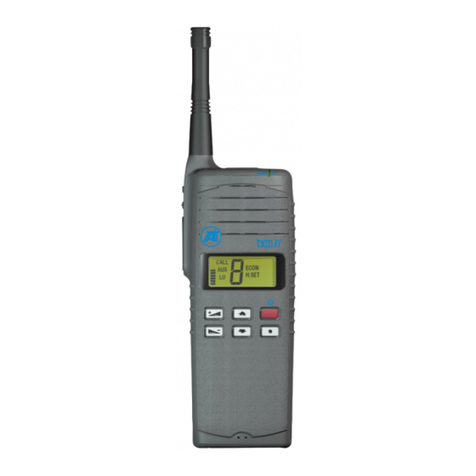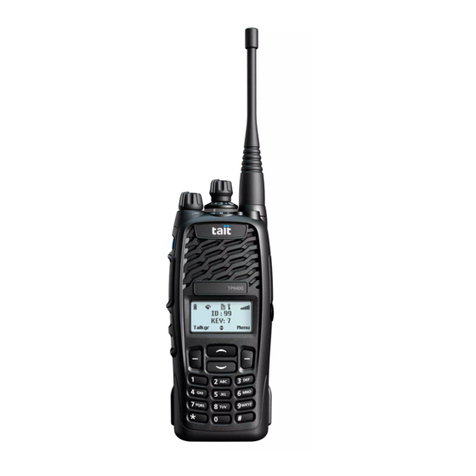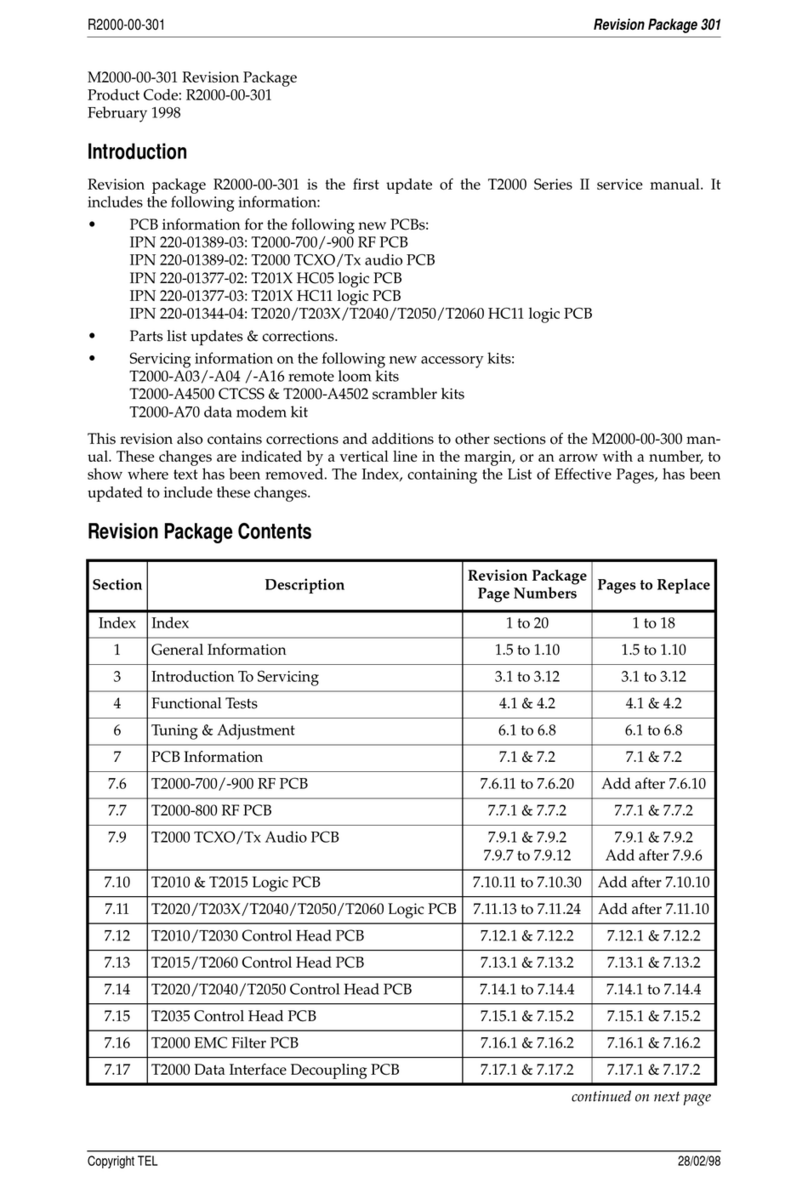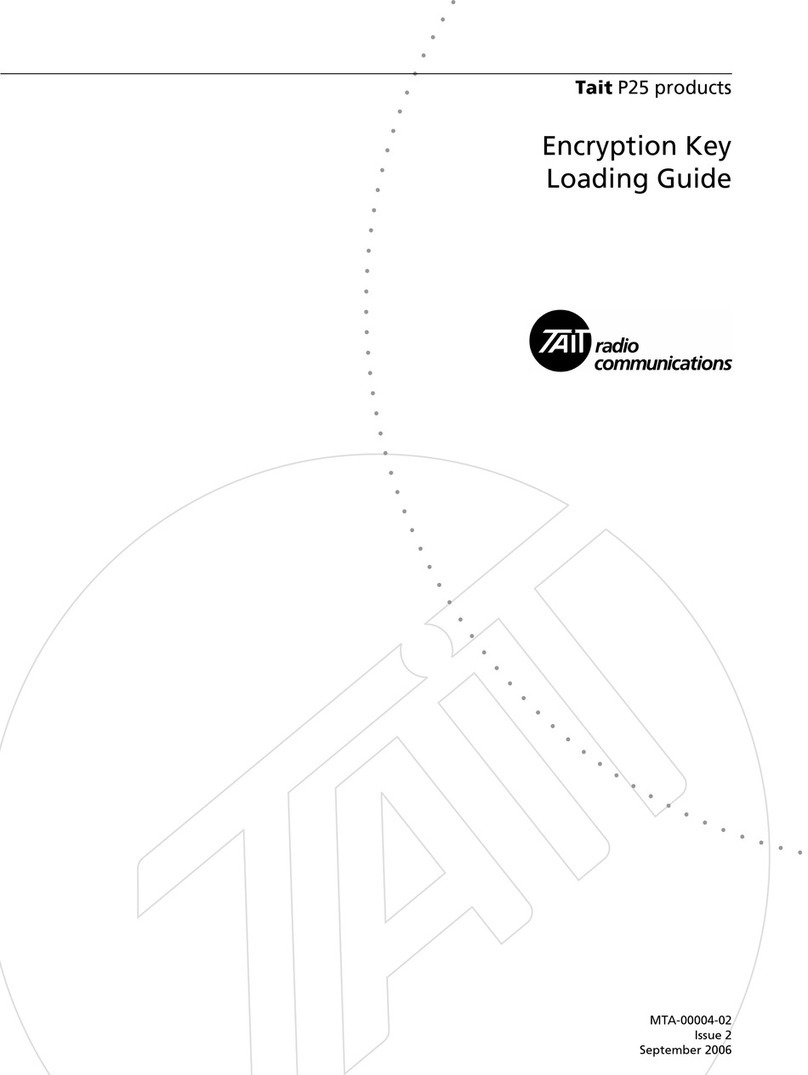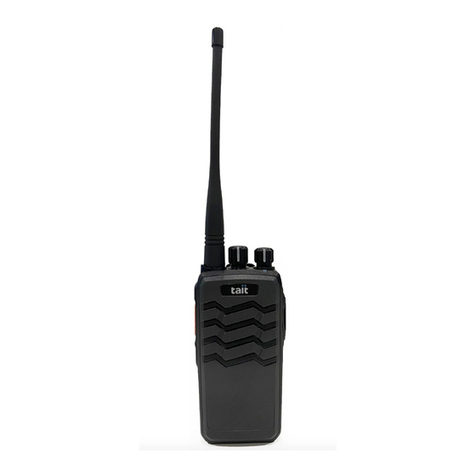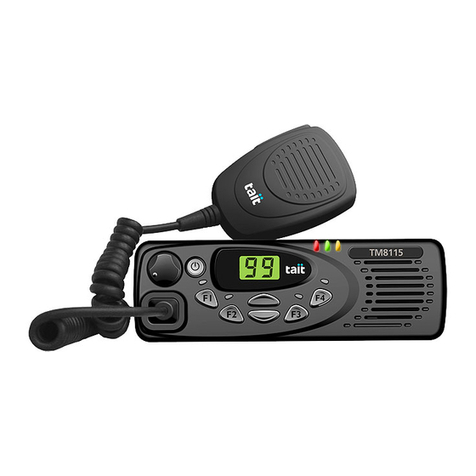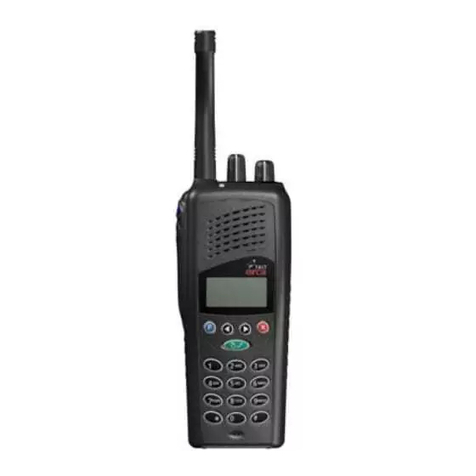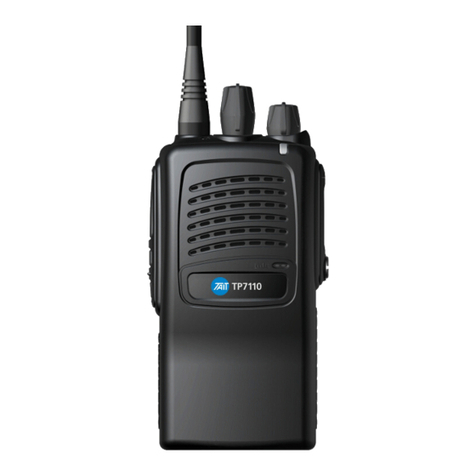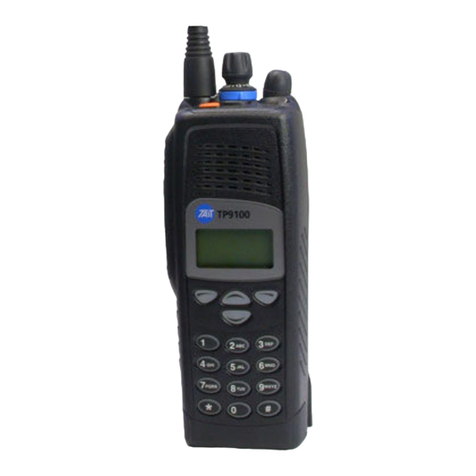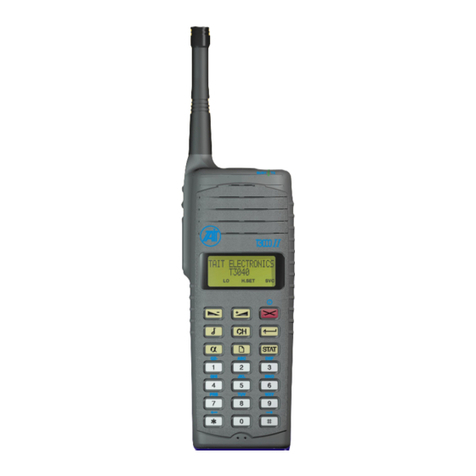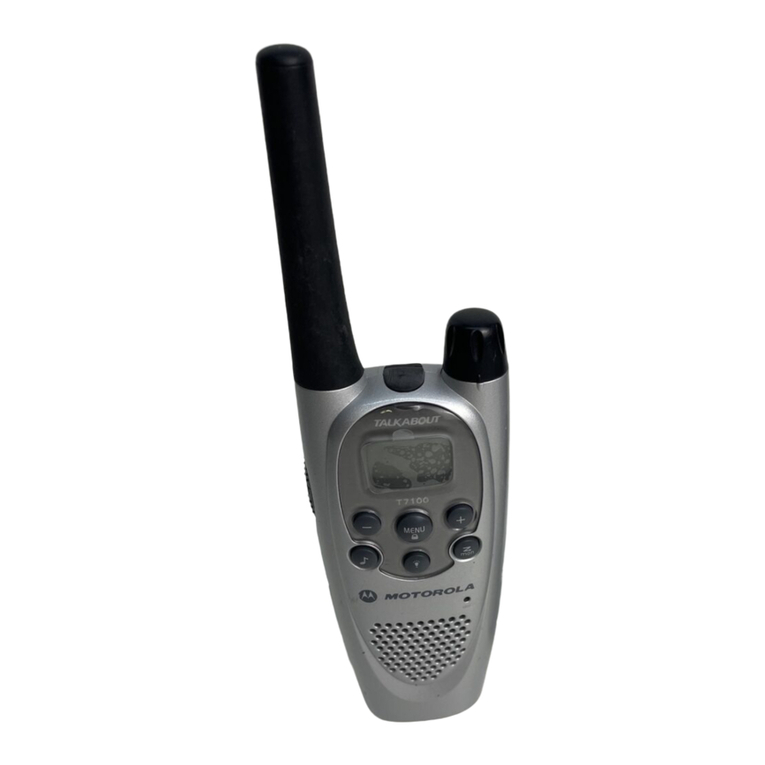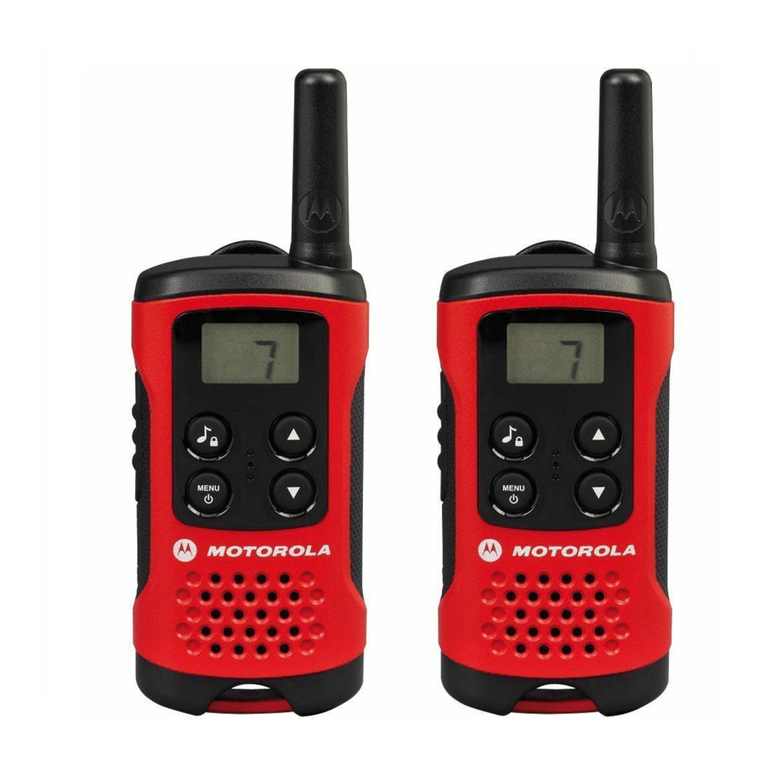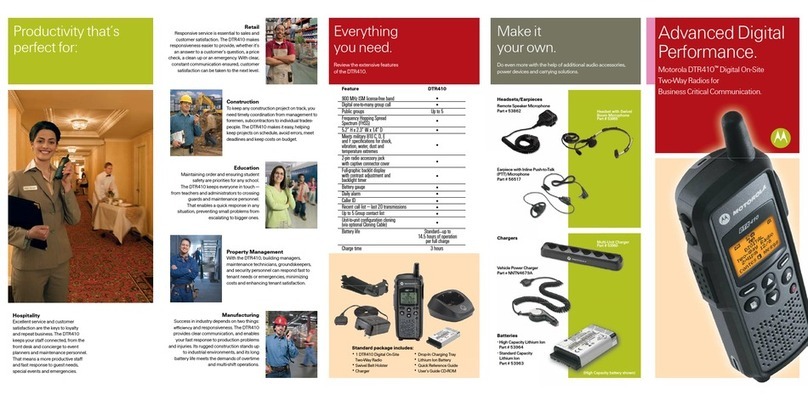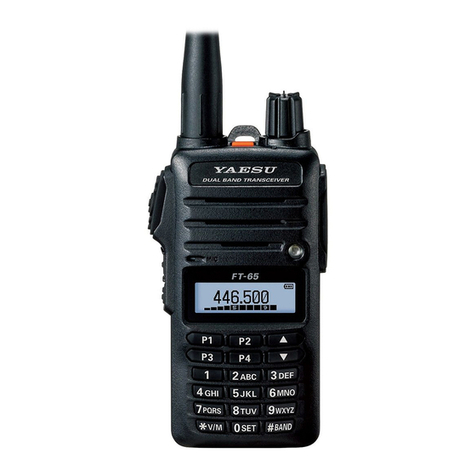
Battery Charging Guide 3
English
NZ615954, NZ700387, NZ708662, NZ710766, NZ711325 , NZ726313,
NZ733434, NZ593887, AU2015215962, AU339127, AU339391, AU2016259281,
AU2016902579, AU2017204526, EU000915475-0001, EU000915475-0002,
GB1518031.8, GB1710543.8, GB2532863, US 14/834609 Div. no 1, US15/346518
Div.no 2, US15/350332, US15/387026 Div., US29/614639, US62/713910,
US62/729478, US62/730107, US62/767041, US62/781642, US62/778238,
US9794940 Div. no 1, US20150085799, US20160044572, US20160057051,
US20170142646, US20170055267 Div. no 2, US20180006844, US640974,
US640977, US698339, US702666, US7758996, US8902804, US9107231,
US9504034, US9559967.
TP9300 only: This product may also be made under license under one or more
of the following patents:
- US7203207, AU2004246135, CA2527142, GB2418107, HK1082608, MY134526,
US8306071
- US7339917, AU2004246136, CA2526926, GB2418812, MY134217
- US7499441, AU2005262626, CA2570441, GB2430333, JP4690397, NZ551231,
KR100869043, RU2351080, BRP10512052, MXPA06015241
- US 7200129, AU2005226531, CA2558551, CN1930809, GB2429378,
JP4351720, BRP10508671, NZ549124, KR848483, RU2321952
Environmental responsibilities
Tait International Limited is an environmentally responsible company which
supports waste minimization, material recovery and restrictions in the use of
hazardous materials.
The European Union’s Waste Electrical and Electronic Equipment (WEEE)
Directive requires that this product be disposed of separately from the general
waste stream when its service life is over. For more information about how to
dispose of your unwanted Tait product, visit the Tait WEEE website at
www.taitradio.com/weee
. Please be environmentally responsible and dispose
through the original supplier, or contact Tait International Limited.
Tait International Limited also complies with the Restriction of the Use of
Certain Hazardous Substances in Electrical and Electronic Equipment (RoHS)
Directive in the European Union.
In China, we comply with the Measures for Administration of the Pollution
Control of Electronic Information Products. We will comply with environmental
requirements in other markets as they are introduced.
